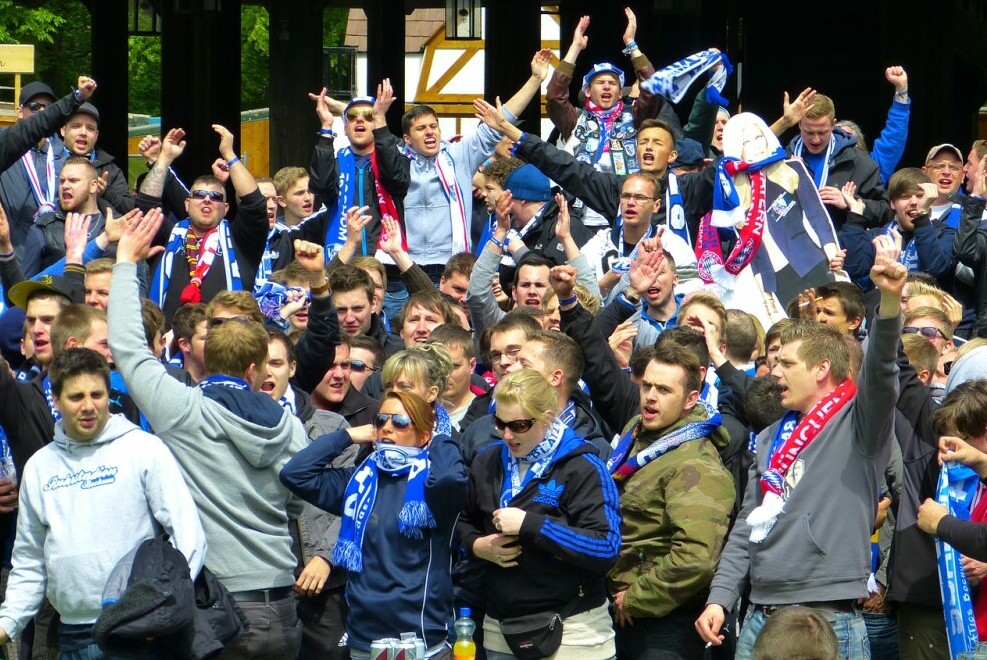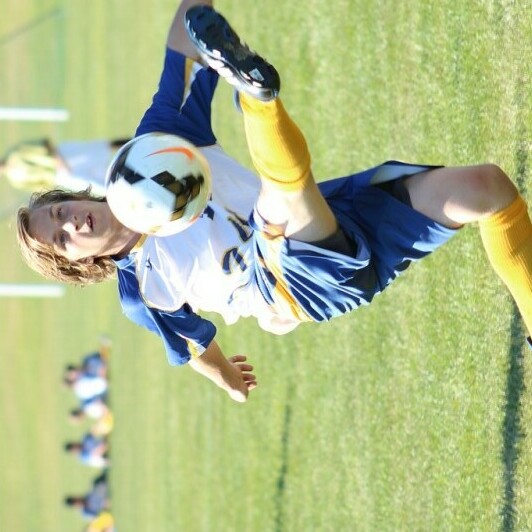 I’m going to kick things off by introducing you to the vibrant world of soccer terminology. You’re going to find out about the words and phrases that make soccer not just a game, but a universal language connecting fans worldwide. For both new enthusiasts and seasoned supporters, knowing these terms can transform how you watch and talk about the game.
I’m going to kick things off by introducing you to the vibrant world of soccer terminology. You’re going to find out about the words and phrases that make soccer not just a game, but a universal language connecting fans worldwide. For both new enthusiasts and seasoned supporters, knowing these terms can transform how you watch and talk about the game.
This isn’t just about learning a few words; it’s also about becoming part of a global community. Picture yourself in a crowded stadium or a local pub, feeling the thrill of the game, and bonding with fellow fans over every play. The euphoria of celebrating a goal or the agony of a near miss – these emotions are magnified when you deeply understand the game’s lingo.
In my opinion, there’s no better way to deepen your appreciation of soccer than to get comfortable with its vocabulary. So, whether you’re aiming to understand the commentator’s insights or want to debate a call with friends, I’m here to help you with the basics. Let’s gear up; we’re about to enter the realm of soccer lingo, where every pass, goal, and tackle comes alive with words.
Fundamental Soccer Terms: The Basics
I’m going to help you get to grips with some fundamental soccer terms that are essential for any fan. A basic understanding of these terms will not only allow you to follow the game more closely but also enhance your conversations with other fans.
Consider the pitch, for instance. You might think it’s just a field, but for enthusiasts, it’s hallowed ground where all the action unfolds. It’s rectangular, marked with lines for boundaries, goals, and various zones like the penalty area and the center circle.
Next up, goals, assists, and saves – the backbone of scoring in soccer. A goal is when the ball crosses the goal line between the posts and under the bar, and it’s a moment of pure joy for fans. Assists, meanwhile, are the passes or actions that set up the goal, often highlighting a player’s vision and skill. Saves are the goalkeepers’ heroic denials of the opposition’s shots, truly a make-or-break moment in any match.
When it comes to fouls and penalties, things can get heated. A foul is a wrongful act, like tripping or pushing, that can result in a free-kick or even a penalty kick if it occurs within the penalty box. Penalties hold the high-stakes drama of being a free shot at goal from the penalty spot, just twelve yards out.
And then there’s the notorious offside rule. Don’t worry too much about its complexities; to put it simply, a player is offside if he’s closer to the opponent’s goal line than the ball at the moment the ball is played to him, unless he’s in his own half or there are two opponents closer to their own goal line. It’s a rule that maintains fairness and keeps the game challenging.
Tactical Jargon: Enhance Your Strategic Insight
If you want to take your soccer conversations to a more strategic level, you’re going to find out about the tactical jargon that coaches and commentators often employ. Grasping these concepts will not only impress your fellow fans but also give you a deeper understanding of the game.
Let’s start with formations, which refer to the arrangement of players on the field. You’ve undoubtedly heard numbers like 4-4-2 or 3-5-2 being thrown around. These aren’t just random digits; they represent the structured layout of defenders, midfielders, and forwards, respectively. And believe me, knowing the nuances of these formations can add a whole new dimension to your match analysis.
But what about playing styles? Soccer strategies can greatly vary from one team to another – some may rely on ‘Tiki-taka’, a style characterized by short passing and movement, maintaining possession, and working the ball through various channels. On the flip side, you have the ‘counter-attack’ which banks on rapid, forward thrusts to catch opponents off guard. Lastly, ‘pressing’ requires relentlessly hounding the opposition when they have the ball, aiming to recover it quickly.
You can always adjust your approach down the road, but knowing player roles is crucial from the get-go. In a nutshell, you have the ‘Striker’ – the goal hunter, ‘Midfielder’ – the field’s all-rounder, ‘Defender’ – the robust blocker, and ‘Goalkeeper’ – the last line of defense. Each plays a key part in the tactical execution of the game plan.
In my opinion, once you’ve got a grip on these tactical terms, you’ll start seeing soccer in a new light. Now, you’re primed and ready to dive into the vibrant slang that paints the very culture of soccer fandom. Up next, we delve into the colorful world of derbies, nutmegs, and the flamboyant move known as the ‘Panenka’.
Advanced Soccer Slang: Speak Like a True Fan
That’s the deep dive into the strategic side of soccer – but there’s even more to the story. To really talk shop with the most passionate fans and get the full flavor of the fan culture, you need to know the slang that’s tossed around the stands.
First up, let’s tackle ‘Derbies’ and ‘Clasicos’: these are matches filled with history and pride, where the stakes are higher than the scoreboard alone. When these rivals clash, you can expect an electric atmosphere and passionate discussions.
Then there’s ‘Nutmeg’ – a word that encapsulates the cheeky aspect of soccer. It’s a skill move that, when successfully executed, can bring a crowd to its feet. Pulling off a nutmeg isn’t just good play; it’s an art form that’s celebrated widely among fans and players alike.
 Finally, we come to the grand spectacle – the ‘Bicycle Kicks’ and ‘Panenkas’. These are the moments that define matches and create legends. Knowing these terms doesn’t just mean you’re familiar with the sport; it means you appreciate the moments of magic that make soccer the beautiful game.
Finally, we come to the grand spectacle – the ‘Bicycle Kicks’ and ‘Panenkas’. These are the moments that define matches and create legends. Knowing these terms doesn’t just mean you’re familiar with the sport; it means you appreciate the moments of magic that make soccer the beautiful game.
I really hope that you’ve enjoyed this rundown of soccer vocabulary. Whether you’re new to the sport or a lifelong fan, a solid grasp of these terms will increase your enjoyment of the game and help you connect with other fans. So the next time you’re watching a match, listen out for these expressions, use them, and feel the joy of being part of the global soccer community.
